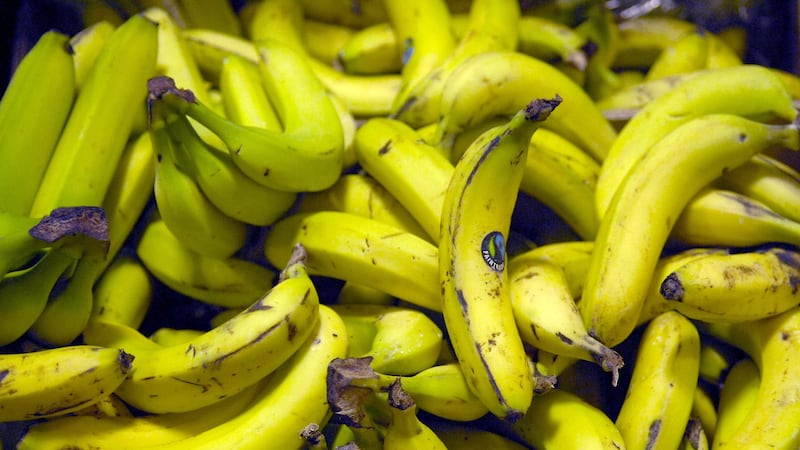We are fortunate in Dromore, in the Fermanagh and Omagh District Council area, to have an excellent recycling centre, a site efficiently and diligently managed by our very helpful and affable Declan.
Passing the site frequently, I notice the section holding obsolete electrical devices, TVs, kettles, washing machines, toasters and more, carefully set aside ready for collection and recycling. No doubt many constituent parts will be successfully reprocessed and eventually reused, but seeing all these discarded items highlights how disposable many goods are nowadays, with little appetite or expertise around for repairing broken and damaged products.
I suspect this is the reason why, like so many others, I enjoy the BBC show The Repair Shop where Jay Blades and his team of specialised craftsmen and women restore family heirlooms, items which have a particular sentimental value for their owners.
Traditional skills are used to bring the possessions back into working order or usable condition, whether fixing broken vinyl record players, restoring soft toys, treating damaged and worn leather or reconditioning old clocks and other mechanical devices.
Watching the various artisans employ their skills is a joy as they apply the precision and gentleness of human touch to breathe new life into much loved belongings.
Smaller birds such as swallows and house martins will, on returning to their past nest sites every spring, begin a process of renovation
In the natural world, many birds draw on enduring genes to repair and restore nests during the breeding season. Buzzards will often reuse an old tree nest before egg-laying, adding extra layers of sticks and twigs, annually extending the size of their bulky platform nests made of branches and twigs, lined with moss and heather.
The osprey, a welcome breeder in Fermanagh last spring after a long absence in Ireland, is also very loyal to its nest site, often returning yearly to its previous nest, adding branches and twigs making it larger and stronger.
As a result, older nests are substantially deeper and wider than newer builds. Eagles too, frequently use their former eyries, adding to and tidying them up before egg-laying begins.
Even smaller birds such as swallows and house martins will, on returning to their past nest sites every spring, begin a process of renovation. The latter can be seen gathering small globules of mud near pools of water and adding them, building extra layers to the intricate structure on the eaves of a house.
Swallows also gather mud and mixed with grass will add further layers to bind the construction to a wall or wooden beam. Rooks, nesting in lively noisy rookeries, which may in some cases have been in use for a hundred years or more, producing many generations of birds, will maintain and add to their stick nests.
The squirrel is another animal which will continue to reuse its ‘nest’ or drey, built of leaves, bark from trees and other natural items. Research has shown that in many cases, the same dreys have been used for years by generations of squirrels. Doing this requires constant maintenance and refreshing with new materials.
Although some bird species are prepared to refurbish used nests, for many birds, building a new nest each year is a significant and important part of the breeding season process, an opportunity to impress a mate and create a strong bond between birds.
Such work will be evident from here on as they will feverishly gather and carry materials to their chosen sites such as the fork of a tree or a densely vegetated bank.
As we approach the feast day of Saint Joseph, patron saint of craftspeople, engineers and workers, on March 19, I salute all those who, with their hands work to build, create or repair.








